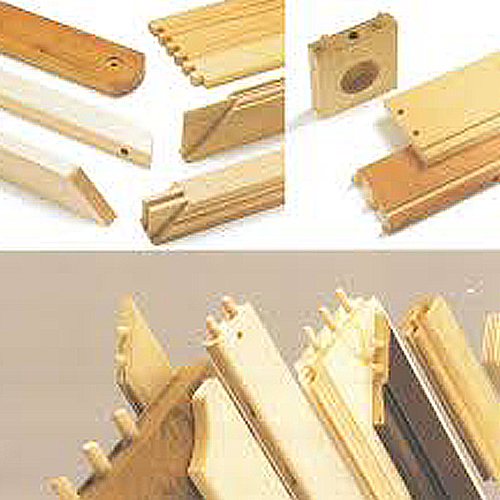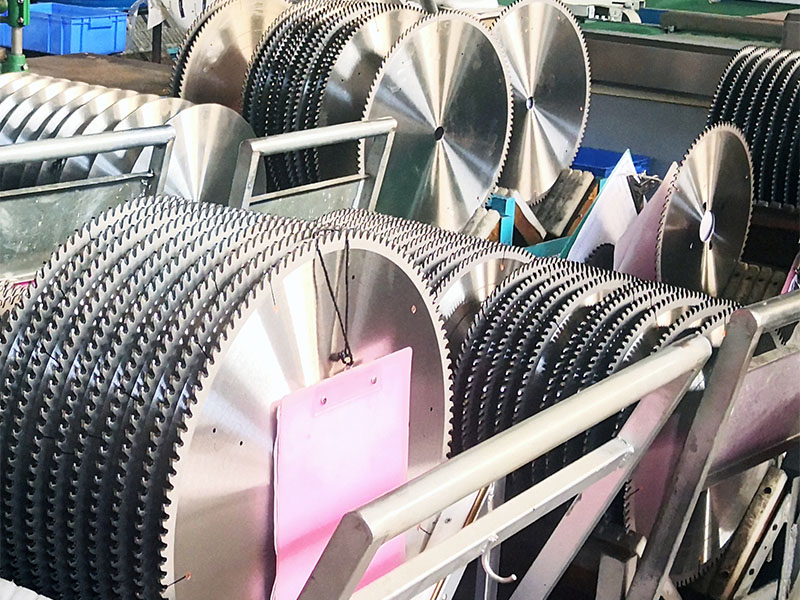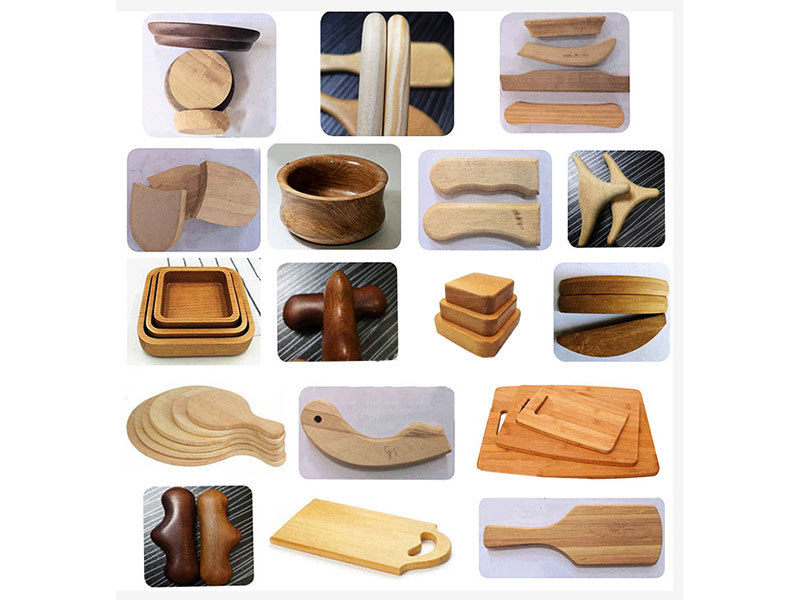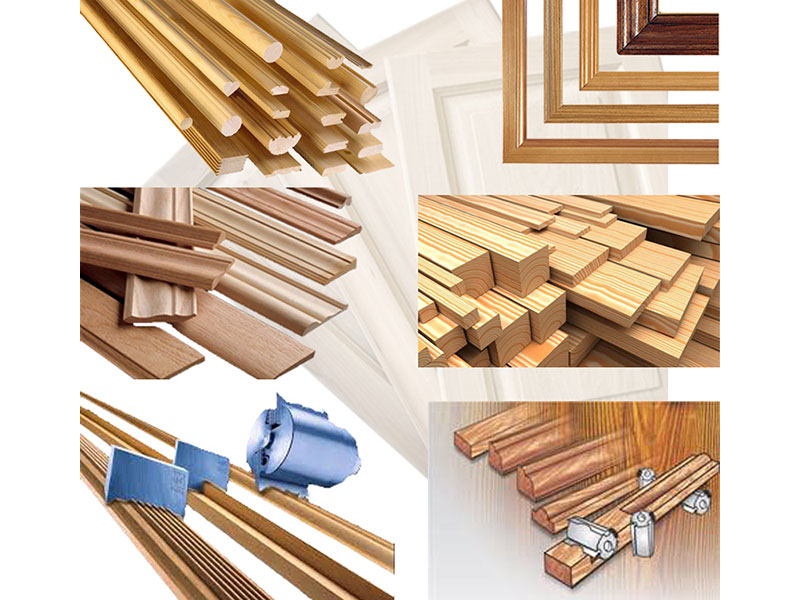
How much do you know about planers?
The planer is a linear motion machine tool that uses a planer to plan the plane, groove or formed surface of the workpiece. Using planer processing, the tool is relatively simple, mainly used for single-piece, small batch production and machine repair workshops, in mass production, it is often replaced by milling machines. Therefore, it is mainly used in single-piece, small batch production and machine repair workshops. Its classification includes folding planer, bed planer, vertical planer, single-arm planer, and specialized planer. The planer is suitable for processing vertical and horizontal planes, as well as T-shaped grooves, V-shaped grooves, dovetail grooves, etc.
The planer is to produce a relative linear reciprocating motion between the tool and the workpiece to achieve the purpose of planing the surface of the workpiece. The reciprocating motion is the main motion on the planer. In addition to the main motion, the machine tool also has auxiliary motion, also called feed motion. The feed motion of the planer is the intermittent movement of the worktable.
The planer can plan horizontal planes, vertical planes, inclined planes, curved surfaces, step surfaces, dovetail-shaped workpieces, T-shaped grooves, V-shaped grooves, and can also plan holes, gears and racks. If the planer is properly modified, then the scope of application of the planer can be expanded. The planer has high efficiency when planing narrow and long surfaces. It is suitable for small and medium batch production and maintenance workshops.
The planer is to produce a relative linear reciprocating motion between the tool and the workpiece to achieve the purpose of planing the surface of the workpiece. The reciprocating motion is the main motion on the planer. In addition to the main motion, the machine tool also has auxiliary motion, also called feed motion. The feed motion of the planer is the intermittent movement of the worktable.
The planer can plan horizontal planes, vertical planes, inclined planes, curved surfaces, step surfaces, dovetail-shaped workpieces, T-shaped grooves, V-shaped grooves, and can also plan holes, gears and racks. If the planer is properly modified, then the scope of application of the planer can be expanded. The planer has high efficiency when planing narrow and long surfaces. It is suitable for small and medium batch production and maintenance workshops.




